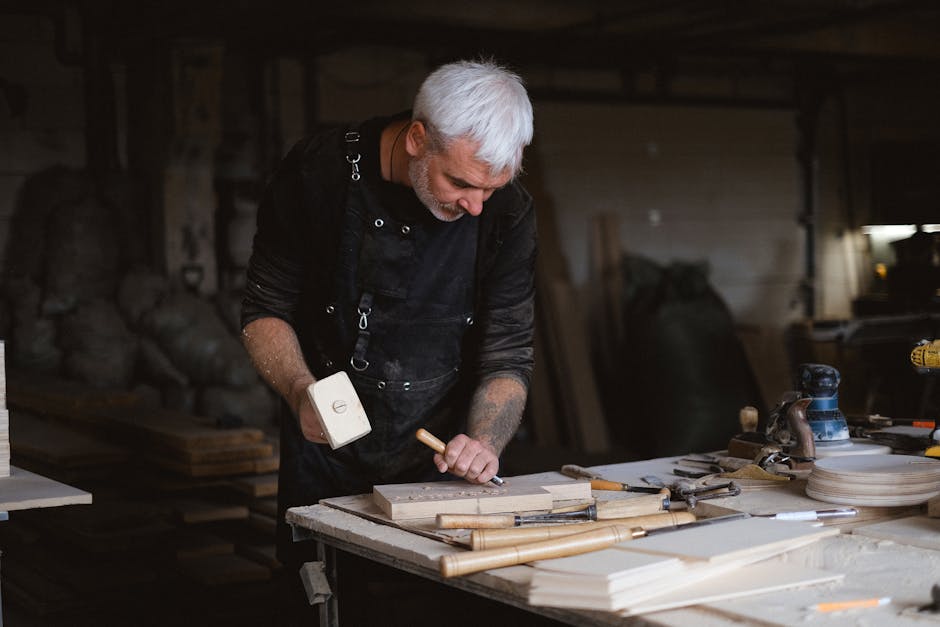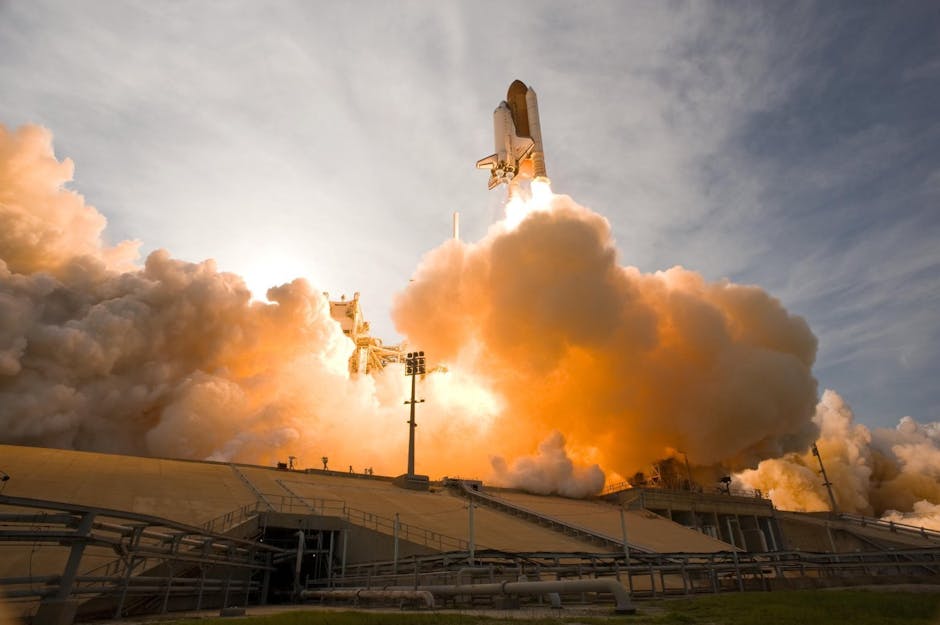Ultra-Precision Machining: Techniques, Tools, and Applications in UK Industries
As you explore ultra-precision machining, you’ll find techniques like single-point diamond turning, precision grinding, and ultra-precision milling that enable the creation of complex components with nanoscale accuracy. Advanced tooling systems, including nano coatings, cryogenic grinding, and diamond-coated inserts, have revolutionised the industry. In the UK, ultra-precision machining has critical applications in aerospace engineering and medical device manufacturing, where precision is paramount. As you learn more about ultra-precision machining, you’ll uncover the key to harnessing innovation in UK industries and discover the future of precision manufacturing, where technology and expertise come together to shape the next generation of products.
Key Takeaways
• Ultra-precision machining techniques, such as single-point diamond turning and precision grinding, enable the production of high-precision components.• Advanced tooling systems, including nano coatings and diamond-coated inserts, enhance precision and accuracy in machining processes.• Aerospace engineering relies heavily on ultra-precision machining to produce critical components, such as engine parts and spacecraft components, with exceptional precision.• Medical device manufacturing benefits from ultra-precision machining, enabling the creation of intricate components with nanoscale accuracy, ensuring patient safety and regulatory compliance.• The future of UK precision manufacturing depends on adopting advanced technologies, integrating AI, and developing a skilled workforce to remain competitive.
Precision Machining Techniques Explained

You’ll often encounter three primary precision machining techniques: single-point diamond turning, precision grinding, and ultra-precision milling, each of which requires a deep understanding of the underlying mechanics to achieve superior results.
These techniques are used to produce high-precision components with exceptional surface finish and accurate dimensions.
When selecting a precision machining technique, material selection is vital. The chosen material must be compatible with the machining process to guaranty prime results.
For instance, single-point diamond turning is ideal for machining soft, ductile materials like copper and aluminium, while precision grinding is better suited for harder materials like steel and ceramic. Ultra-precision milling, on the other hand, can handle a wide range of materials, including exotic alloys.
The surface finish achieved through precision machining techniques is critical in determining the performance of the final product.
A high-quality surface finish not only enhances the aesthetic appeal of the component but also reduces friction, wear, and tear. Precision grinding, for example, can produce surface finishes with roughness values as low as 0.01 μm, making it an ideal choice for applications where smoothness is paramount.
Advanced Tooling for Ultra-Precision

To achieve the requisite level of precision in ultra-precision machining, advanced tooling systems have been developed, incorporating cutting-edge materials and geometries that enable the fabrication of complex components with nanometric accuracy. These advanced tooling systems have revolutionised the ultra-precision machining industry, allowing you to achieve unprecedented levels of precision and accuracy.
One of the key advancements in tooling is the use of nano coatings. These coatings provide a thin layer of material with unique properties, such as increased hardness and wear resistance, allowing for improved tool life and performance. Additionally, cryogenic grinding has become a vital process in ultra-precision machining, enabling the fabrication of complex geometries with high precision.
| Tooling Option | Description |
|---|---|
| Nano-coated cutting tools | Thin layer of material with unique properties |
| Cryogenic grinding | Enables fabrication of complex geometries with high precision |
| Diamond-coated inserts | Provides increased wear resistance and tool life |
| High-speed machining tools | Enables high-speed machining with precision |
| Advanced ceramic tools | Offers improved thermal resistance and durability |
Applications in Aerospace Engineering

As ultra-precision machining continues to push the boundaries of manufacturing capabilities, its applications in aerospace engineering have become increasingly critical, with the industry relying heavily on precision components to guaranty peak performance and safety in aircraft and spacecraft systems.
Aerospace materials, such as titanium alloys and advanced composites, are often machined using ultra-precision techniques to produce high-precision components. These components, including engine components, landing gear, and satellite components, require extremely tight tolerances to achieve superior performance and reliability.
In spacecraft components, for instance, ultra-precision machining enables the creation of intricate features and complex geometries that are essential for space exploration. Spacecraft components, such as fuel injectors and rocket nozzles, demand exceptional precision and surface finish to withstand the harsh conditions of space travel.
As you explore further into the world of aerospace engineering, you’ll realise that ultra-precision machining plays a crucial role in maintaining the reliability and efficiency of aircraft and spacecraft systems. By leveraging advanced machining techniques, manufacturers can produce precision components that meet the stringent requirements of the aerospace industry.
This, in turn, enables the development of more efficient, safer, and more reliable aircraft and spacecraft systems. As the aerospace industry continues to evolve, the demand for ultra-precision machining is likely to grow, driving innovation and pushing the boundaries of manufacturing capabilities even further.
Medical Device Manufacturing Advantages

In medical device manufacturing, ultra-precision machining enables the production of intricate, high-precision components that meet the stringent requirements of implantable devices, surgical instruments, and diagnostic equipment.
As you venture into this field, you’ll realise that ultra-precision machining is vital for producing medical devices that guaranty patient safety and regulatory compliance.
In medical device manufacturing, precision is paramount. You need to produce devices that meet the highest standards of quality, performance, and reliability.
Ultra-precision machining allows you to achieve this level of precision, enabling the creation of complex geometries, micro-features, and surfaces with nanoscale accuracy.
This level of precision is essential in verifying the safe and effective functioning of medical devices.
By leveraging ultra-precision machining, you can manufacture medical devices that meet the strict regulatory requirements of the industry.
This includes compliance with regulations such as the Medical Device Regulation (MDR) and the In Vitro Diagnostic Regulation (IVDR) in the European Union.
By meeting these regulatory requirements, you can certify that your medical devices are safe for patients and comply with industry standards.
In medical device manufacturing, patient safety is paramount.
Ultra-precision machining enables the production of devices that aren’t only precise but also reliable and safe for patients.
Future of UK Precision Manufacturing

The future of UK precision manufacturing lies in the continued adoption of advanced technologies and innovative production methods.
As the industry moves forward, you can expect to see increased integration of Artificial Intelligence (AI) in manufacturing processes, enabling real-time monitoring, predictive maintenance, and optimised production schedules. This will lead to improved efficiency, reduced waste, and enhanced product quality.
To stay competitive, UK precision manufacturers will need to focus on developing resilient supply chains that can adapt to changing market demands.
This might involve investments in digital twinning, IoT sensors, and data analytics to improve supply chain visibility and responsiveness.
Workforce development will also play a critical role in shaping the future of UK precision manufacturing.
As automation and AI become more prevalent, workers will need to develop new skills to work effectively alongside machines and advanced technologies.
Government policies will be essential in supporting workforce development initiatives, providing funding for vocational training programmes, and encouraging STEM education.
Conclusion
As you consider the domain of ultra-precision machining, you’re poised at the intersection of innovation and tradition.
On one hand, the UK’s industrial heritage whispers tales of a bygone era, while on the other, cutting-edge techniques and advanced tooling propel you towards a future where precision knows no bounds.
Amidst this juxtaposition, one certainty emerges: ultra-precision machining will continue to redefine the aerospace and medical device manufacturing landscapes, cementing the UK’s status as a hub for precision manufacturing excellence.
Contact us to discuss our services now!
